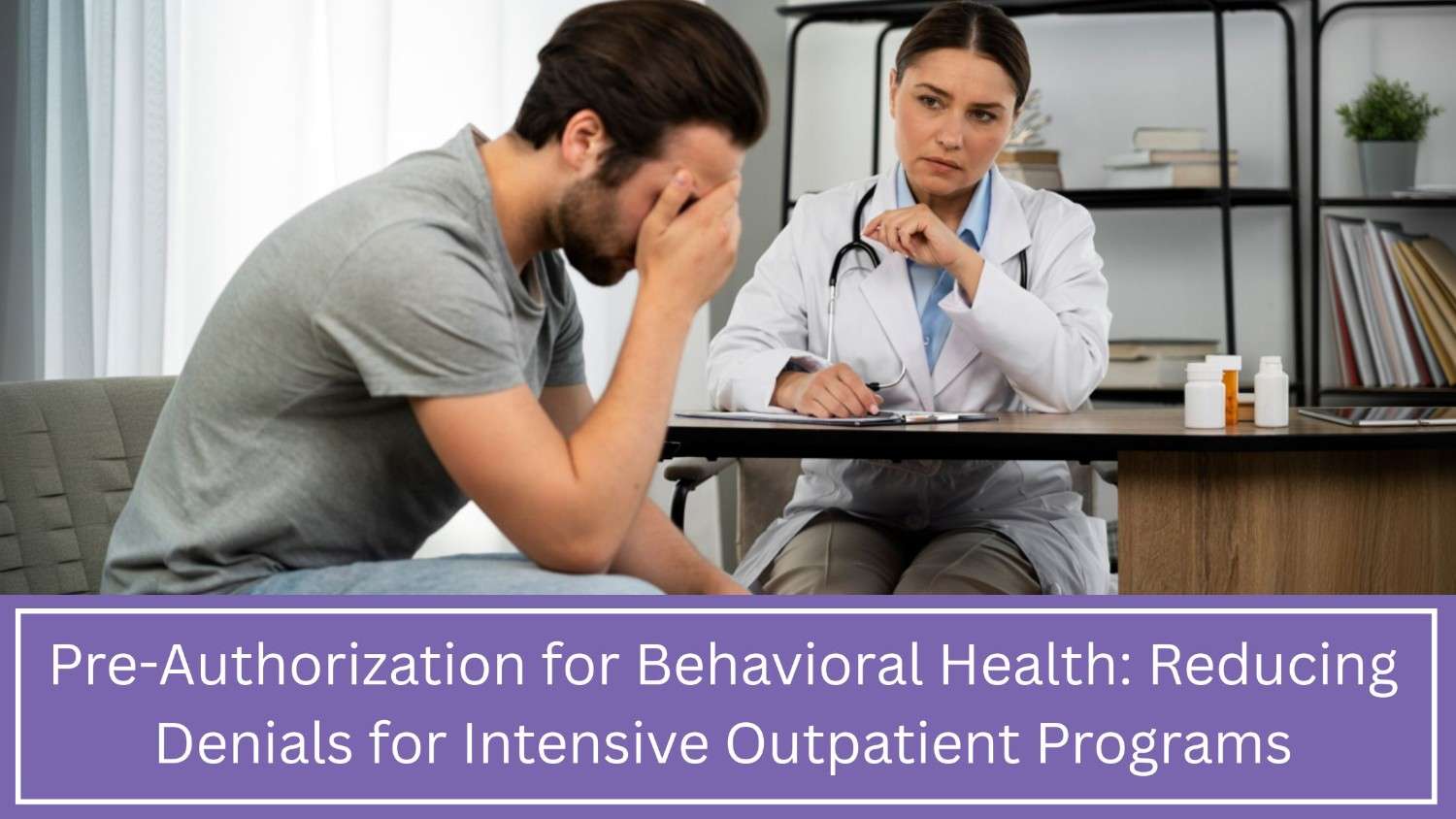RCM Strategies for Maximizing Quality Payouts
Here’s the truth that is quality payouts aren’t free money. If you treat value-based payments (VBP) as a “nice-to-have” checkbox, auditors and missed metrics will eat your upside — and fast. 2026 brings incremental but meaningful QPP/MIPS changes, rising audit pressure, and more emphasis on digital measures. If you want the money, you must treat quality programs like a revenue line: measure, defend, and optimize them.
Below are five concrete RCM strategies for maximizing quality payouts that convert quality performance into cash — with the operational tasks you’ll actually need to do.
1.Stop guessing — baseline the dollars at risk and the exact measures that matter
Most practices know they “should” do quality — few can say how much money is on the table or which measures drive payment for their specialty. Start by quantifying:
- The total potential upside/penalty across programs (MIPS/VBP, bonus pools, APMs).
- The top 8–12 measures that actually move your payment (not the full list).
Pull last-year claims and run a gap analysis: which measures were submitted, which failed, and why. Use that to prioritize interventions that give the best dollar-per-hour return. CMS finalized targeted QPP changes for 2026 that shift emphasis toward MIPS Value Pathways and alignment across programs — so focus your effort where CMS is directing policy.
2.Operationalize measure capture at the point of care — not later in a cubicle
If documentation and coding are still retrofitted after the visit, you’re losing eligibility and audit evidence. Force capture where care happens:
- Embed measure checklists and discrete fields in the EHR visit templates for your top measures (blood pressure control, medication reconciliation, preventive screenings, etc.).
- Make the measure capture mandatory before a visit can be closed; route exceptions into a short clinical review queue.
- Train clinicians on the minimal required clinical language for each measure — not essays, just the fields that documentation reviewers will need.
This reduces later chart chase and produces cleaner claims and quality submissions. Interoperability and growing digital measures mean that structured capture is increasingly non-negotiable.
3.Tie coding and clinical documentation into a defensive audit posture
Quality payouts come with audit risk. RADV and other audit programs have expanded scope and speed — if your quality data isn’t defensible, the payout becomes a clawback. Build a defensible pipeline:
- For each quality measure, document the exact supporting evidence (discrete field, scanned attachment identifier, or clinician attestation). Store an audit packet automatically when a measure is reported.
- Run periodic “mini-audits” of random submitted measures to check documentation fidelity and appeal readiness.
- Maintain a single-source-of-truth ledger that ties the claim, the measure submission, and the evidence — exportable for auditors.
Treat audit-readiness the same as revenue reconciliation. If you can’t produce the packet in 48 hours, you lose negotiating leverage. Recent CMS moves have increased audit focus — plan accordingly.
4.Use technology smartly — not just for show
Don’t buy tech because it’s shiny. Use it to reduce manual work and improve evidence quality:
- EHR templates + clinical decision support to nudge capture.
- RCM platforms that ingest discrete quality data, map it to measure logic, and produce audit packets
- A “measure ops” dashboard that shows measure pass/fail, missing evidence, and dollar impact by clinician.
Automated measure submission (via certified QPP reporting tools) reduces human error, but only if your upstream documentation is accurate. And yes — CMS is pushing digital measures and interoperability; make sure your tech stack can export the necessary data and logs.
5.Make the finance team a core owner — track quality as revenue, not a clinical vanity metric
Quality programs succeed when finance, clinical ops, and coding pull in the same direction:
- Put quality payouts into P&L forecasting with conservative and upside scenarios.
- Create KPIs for the first 90 days: % measure capture for priority measures, % of measures with complete audit pack, and projected payment delta.
- Run weekly “quality cash” reviews for the first 3 months of each performance year — reconcile the submitted measures against expected payment impact.
If leadership still treats quality like optional compliance theatre, you’ll never sustain investment. Convert quality into a financial rhythm: forecast, measure, collect.
Table of Contents
Checklist For Quick Implementation
1.Day 0–7: Run measure-dollar scan (top 12 measures) — identify where most dollars live.
2.Day 8–21: Configure EHR templates for mandatory discrete capture for those measures; add a short clinician 1-pager per measure.
3.Day 22–45: Implement the “audit packet” automation — link claims to source evidence and store exports.
4.Day 46–75: Launch measure ops dashboard (real-time fail reasons, clinician leaderboards, and dollar impact.
5.Day 76–90: Run mini-audit, reconcile projected payments, and refine workflows.
Key Performance to Watch in RCM Strategies
- % of priority measures captured at visit
- % of captured measures with complete audit packets
- Projected vs. actual quality payout monthly accrual.
- Number of measure re-submissions or appeals and their outcomes
Common Challenges and How to avoid them
- Trap: “We’ll fix documentation later.”
Fix: Capture required fields during the visit; make the visit incomplete until fixed. - Trap: “We’ll buy a reporting tool and be done.”
Fix: Tools help only if upstream capture and coding are solid. Map the tool to your workflows first. - Trap: “Low-volume measures are fine to ignore.”
Fix: A few measures can swing large bonuses or penalties depending on patient mix; quantify before ignoring.
Conclusion:
2026 isn’t about dramatic policy shifts — it’s about enforcement, digitization, and alignment. CMS is nudging MIPS toward MVPs and digital measures while audit regimes are tightening; that means the marginal dollar for doing quality right is real — and so is the risk if you don’t document it. Act like quality payouts are a revenue stream you must defend, not a checkbox your compliance officer can handle alone.
Practolytics can run a focused, 6–8 week quality-payments readiness audit: we’ll quantify dollars at stake, map your top measures to EHR templates, build the audit packet automation, and deliver a realistic payout model you can take to finance. Want us to build the model off your top 10 measures and last year’s claims? Send the data and we’ll show you the conservative cash-upside and the earliest date to expect payment — no fluff, no optimism bias.
ALSO READ – Essential Tips for Error-Free Orthopedic Billing and Coding: Boost Your Practice’s Financial Health
Talk to Medical Billing Expert Today — Get a Free Demo Now!






